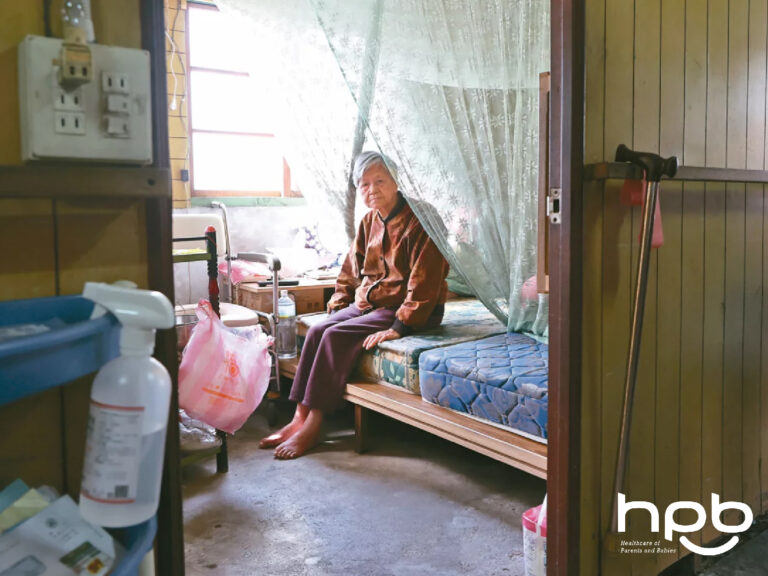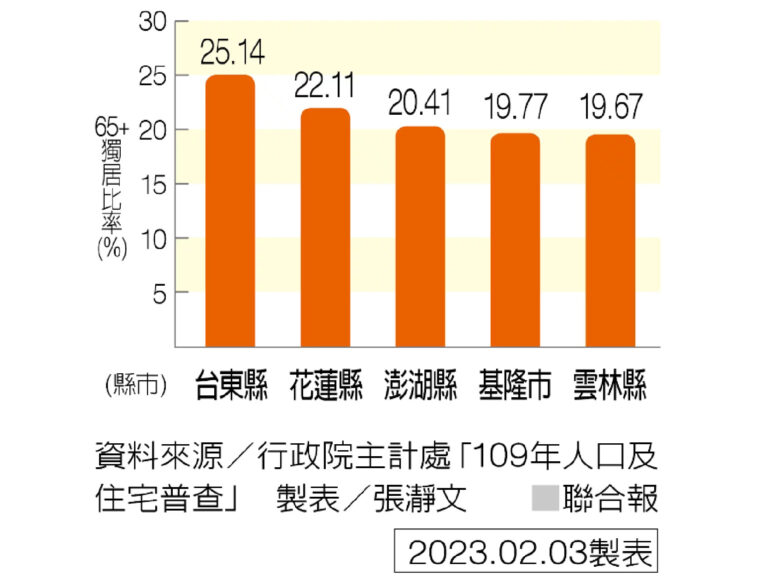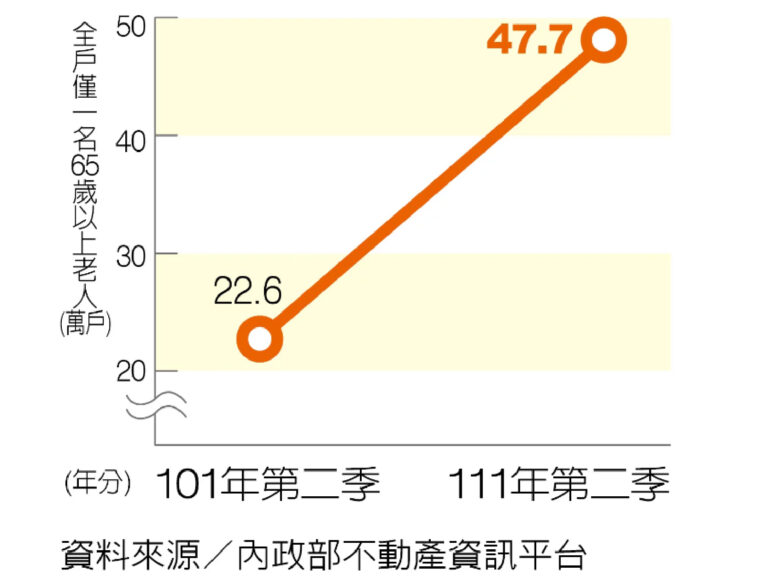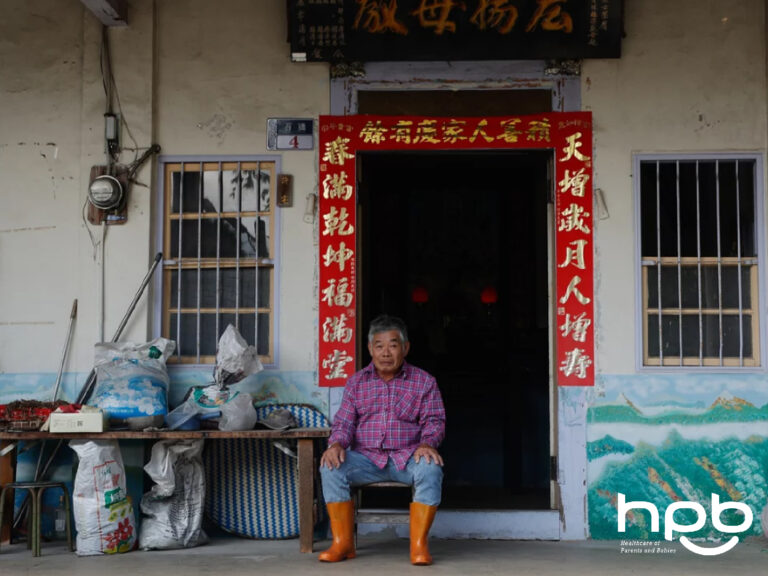Solitary Living Doubled in 10 Years, 5 Cities Most Affected
Regardless of whether we want it or not, we all have a high chance of becoming “elderly singles” as we grow old.
According to data from the Ministry of the Interior’s Real Estate Information Platform, in the second quarter of 2021, there were 477,000 households with only one elderly person (65 years or older), an increase of over 100% in the past decade, indicating an unstoppable trend of elderly living alone.

Baby boomer generation tends to live alone.
The increase in elderly living alone is not only due to the increase in the elderly population but also because of the active choices made by the post-war baby boomer generation. Former minister and demographer Xue Cheng-tai observed that the post-war baby boomer generation has become the “legally elderly,” with higher levels of education than their parents and not lower than their children, and a high percentage of property ownership. Moreover, many of them have earned their houses themselves, and this group tends to live alone or as an elderly couple.
Taitung has the highest rate of elderly living alone in Taiwan.
According to the 2019 census conducted by the Executive Yuan, there are over 570,000 elderly people aged 65 or above living alone in Taiwan, accounting for 15.56% of the elderly population, or one in every six people. Among the 22 counties and cities, the top five with the highest proportion of elderly living alone are: Taitung (one in every four people), Hualien (one in every 4.5 people), Penghu (one in every five people), Keelung, and Yunlin (both one in every 5.5 people).

Visiting these five counties and cities reveals different characteristics and unique challenges faced by elderly living alone in each location. Keelung is a city where 95% of its area is covered by hills, Taitung and Hualien are the counties with the lowest population density and largest area, Yunlin has a single-industry economy that drives young people away from their hometowns, and the outlying Penghu Islands all have airstrips for medical evacuation.
Number of registered care recipients decreases instead of increasing
According to data from various counties and cities, the actual number of registered services for elderly people living alone is only 41,955, accounting for only 7.3% of all elderly people living alone. Interestingly, the number of elderly people living alone who needed to be registered for care ten years ago was also over 40,000. During these ten years, the population of people aged 65 and over increased by more than 1.4 million, but the number of elderly people living alone who needed to be registered for care decreased instead of increasing.
“The number of registered individuals will affect local government resources, and many counties and cities even allocate their services based on budgets and resources,” said Chang Shu-qing, secretary-general of the Elderly Welfare Alliance. “The issue of ‘elderly people living alone’ is a long-standing but small business for local governments, and it is not valued by the central government. There is no long-term tracking data available, and although various departments such as the Department of Health, Ministry of the Interior, National Health Research Institutes, and Executive Yuan have conducted investigations on the elderly population, each definition and purpose is different, and the data over the years are unable to reflect the changes in the population of elderly people living alone.”
According to Chen Liang-gong, an authority in geriatric medicine and president of Guandu Hospital, citing foreign research, 30% of elderly people in developed countries feel lonely, but 60% of those living in long-term care facilities also feel lonely. Therefore, having someone to take care of them does not necessarily mean that they are not lonely. He emphasized that although living alone, loneliness, and depression are different, they highly overlap in clinical practice.

Living alone is just a “residential form,” and it does not necessarily mean feeling lonely. Different geographic locations, ethnic groups, industries, and even community cultures can shape different forms of living alone. Taiwan, a society that has always been group-oriented, whether in cities or rural areas, on the main island or offshore islands, is facing an increasingly high proportion of elderly people living alone, but has not been adequately prepared, let alone creating a “livable area for the elderly living alone.”
Experts and frontline workers recommend that the central government must establish a long-term tracking database to formulate policies based on data. They must also define standards for the care recipients who need to be registered, and change the situation where elderly people in the same situation receive different care due to different resources in various counties and cities. Chang Shu-qing said that practical living care and companionship for those living alone should be initiated by local governments.

Original article from United Daily News (Written by Zhang Jingwen; photographed by Pan Junhong)
